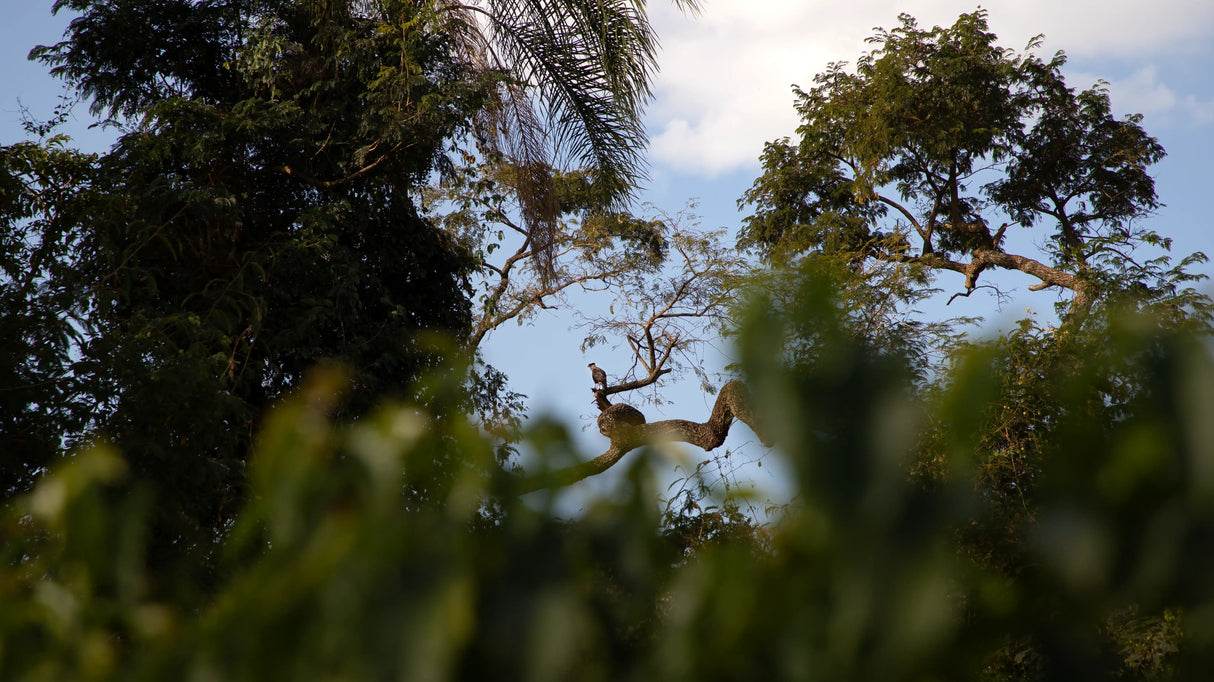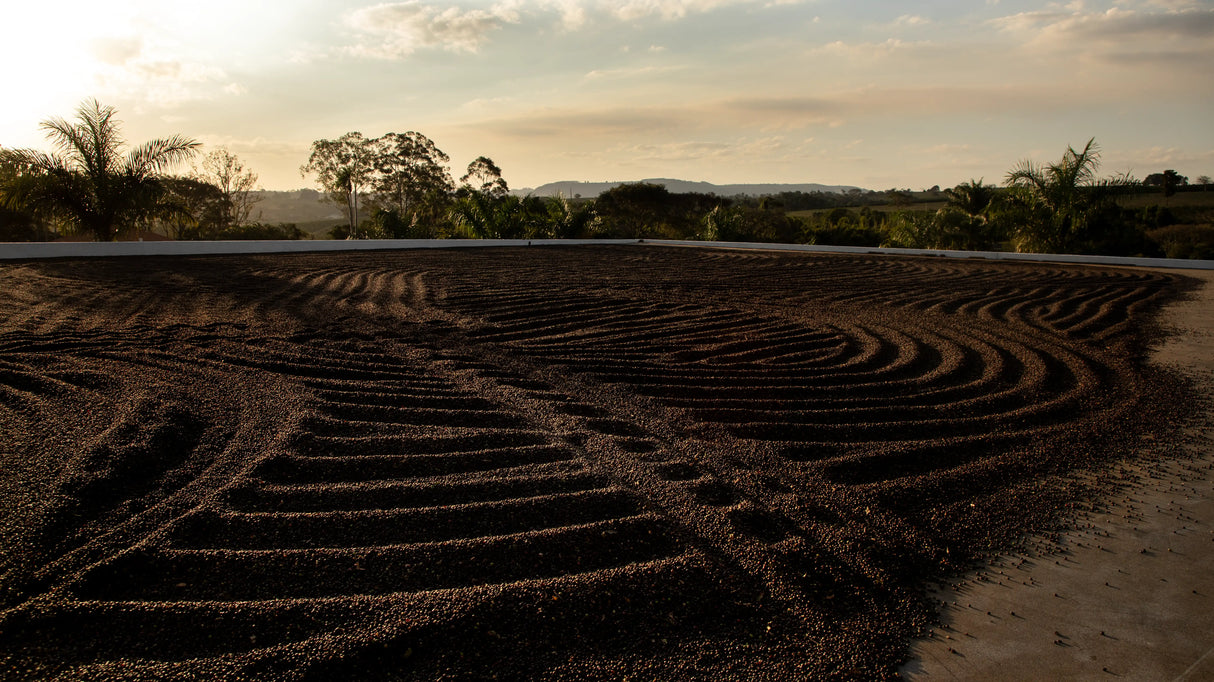MIÓ, Chápela Yeast Fermentation Natural
£17.70
Unit price
/
Unavailable
MIÓ, Chápela Yeast Fermentation Natural - 200g is backordered and will ship as soon as it is back in stock.
Lot Info
Lot Info
Producer
Producer
Cultivar
Cultivar
Process
Process
Traceability
Traceability
| Producer | Mió |
| Location | Fazenda Mió, Monte Santo de Minas, Minas Gerais, Brazil |
| Elevation | 900 - 1,100 masl |
| Cultivar | Mundo Novo, Yellow Catucaí |
| Preparation | Natural, Yeast Fermentation (72h; 75% overripe) |
| Harvest | June - July 2024 |
| Arrival | March 2025 |
| Exporter | Mió |
| Importer | Mió |












